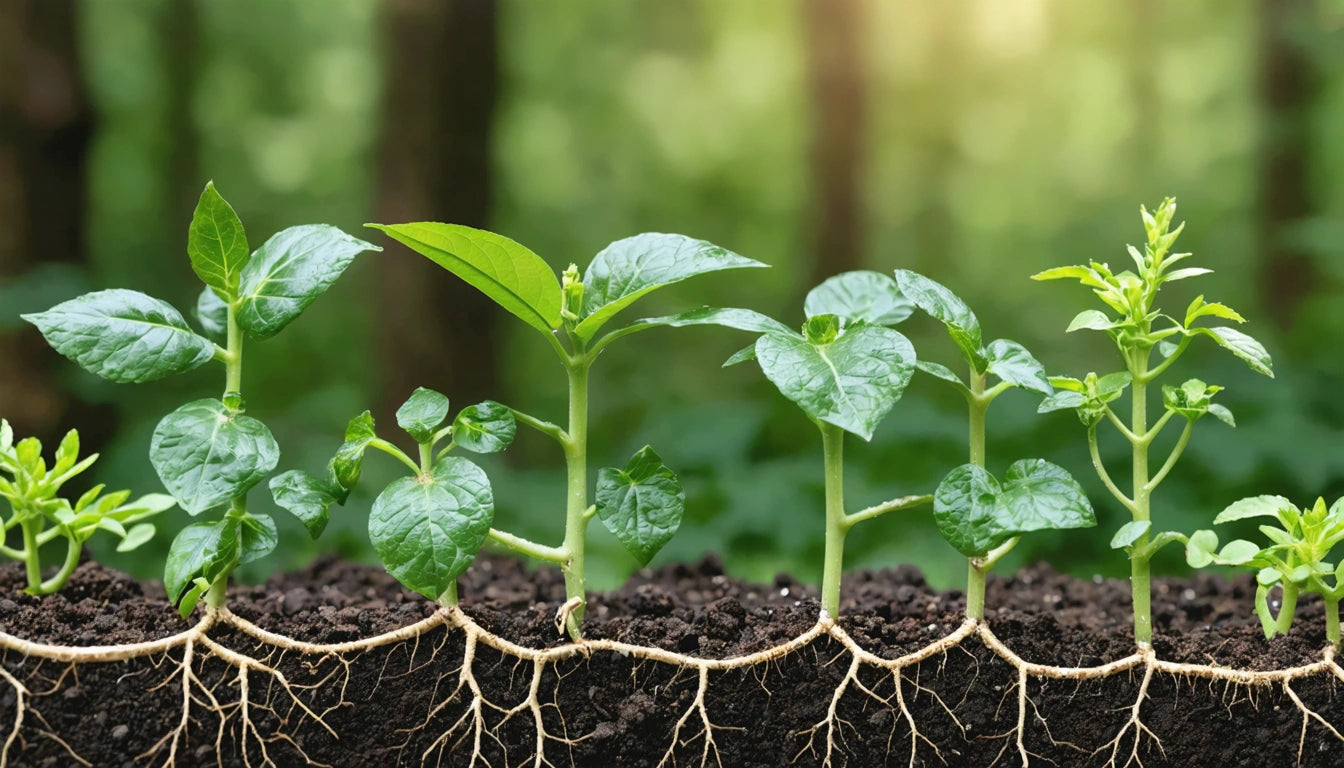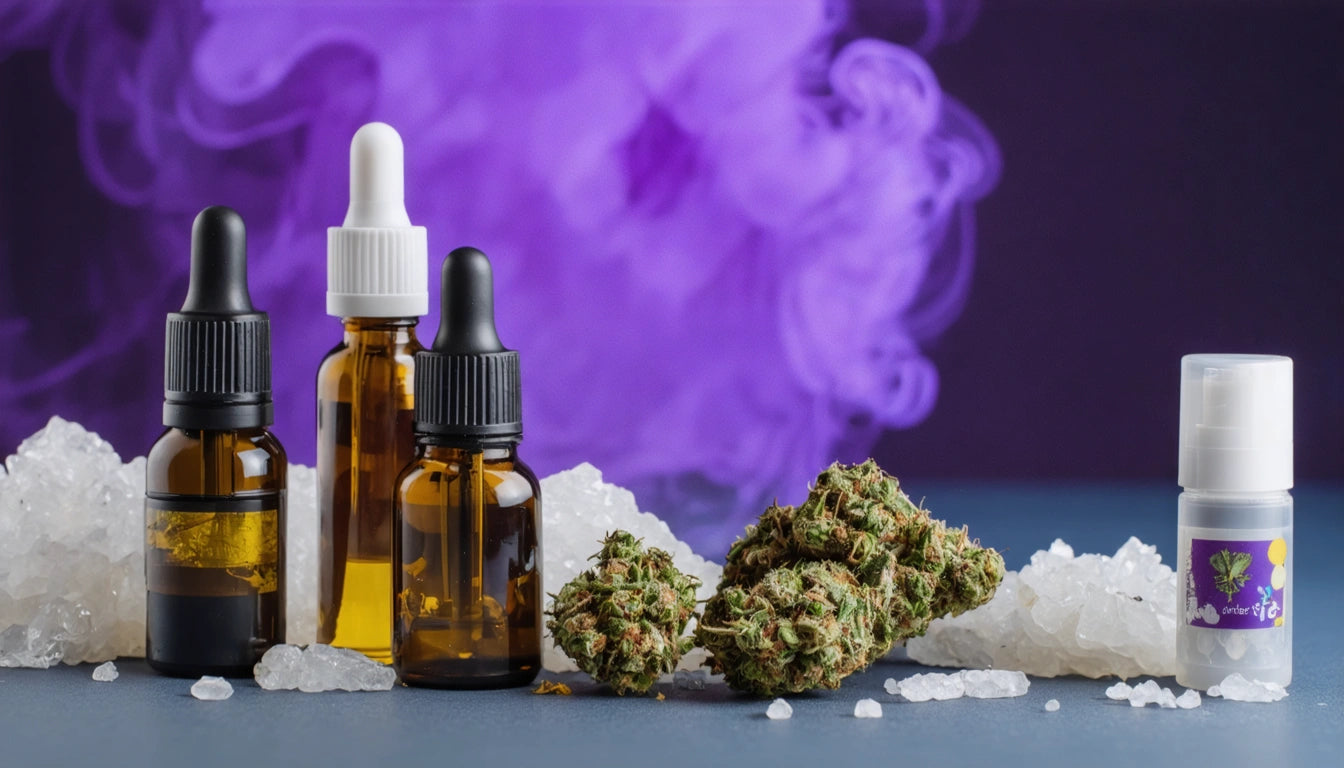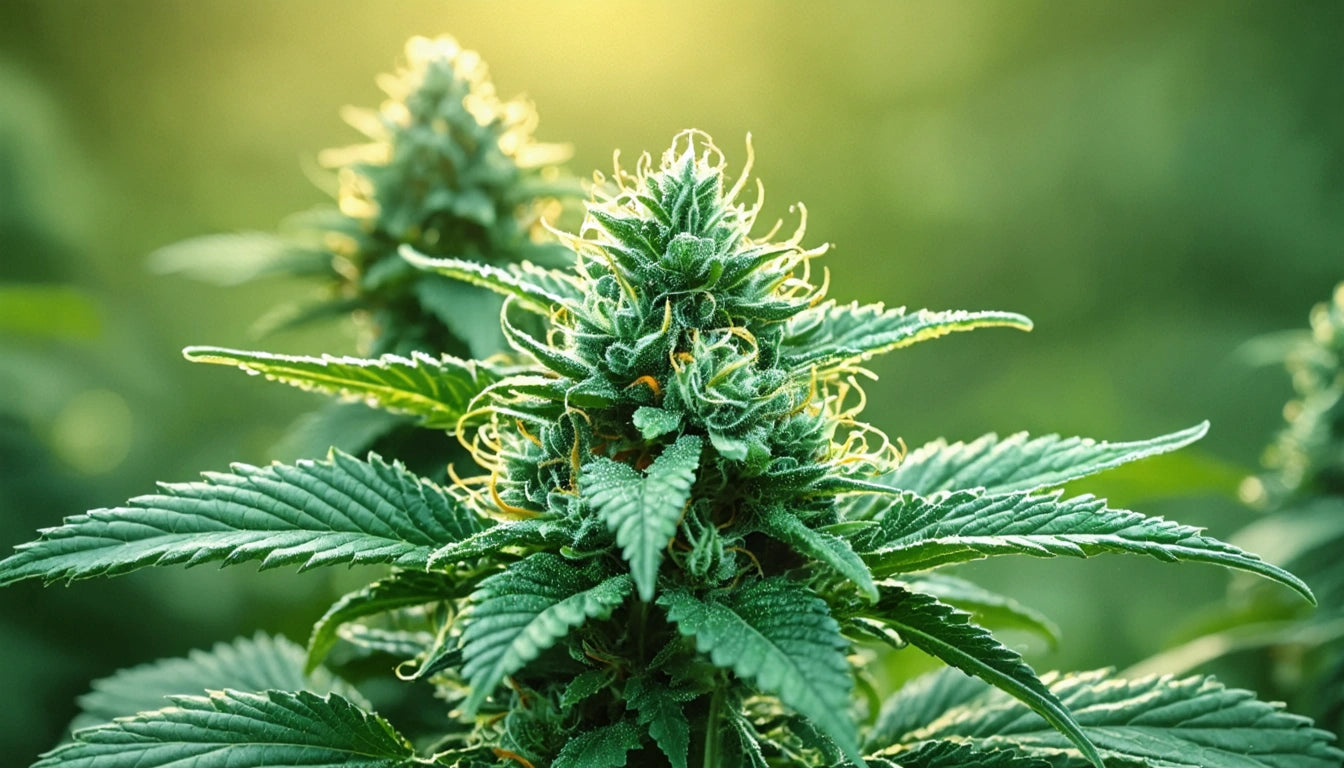Table of Contents
Speeding Up the Rooting Process: How Long It Takes for Clones to Establish Roots
Understanding how long clones take to root is essential for successful plant propagation. Whether you're a hobbyist or commercial grower, the rooting phase represents a critical period that determines future plant health and productivity. This guide explores the typical timeline for root development and provides proven strategies to accelerate the process.
Typical Timeline: How Long Do Clones Take to Root
For most cannabis plants, the rooting process typically takes between 7-14 days under optimal conditions. However, this timeline can vary significantly based on several factors:
- Strain genetics (some varieties root more readily than others)
- Mother plant health and age
- Cutting technique and preparation
- Environmental conditions
- Rooting medium selection
According to this comprehensive cloning guide, the first signs of root development often appear around day 5-7, with fully established root systems developing by day 10-14. Some strains may take up to 21 days to develop sufficient roots for transplanting.
Environmental Factors Affecting Rooting Time
Temperature Considerations
Root zone temperature plays a crucial role in how long it takes for clones to root. The ideal temperature range for optimal rooting is 72-77 °F (22-25 °C). Temperatures outside this range can significantly delay root development:
- Below 65 °F (18 °C): Metabolic processes slow down, extending rooting time
- Above 80 °F (27 °C): Increased risk of pathogen growth and cutting stress
Humidity Requirements
Maintaining proper humidity levels is essential for successful rooting. Newly cut clones lack root systems to uptake water, making them vulnerable to dehydration. Cannabis clone cultivation experts recommend:
- Initial phase (days 1-5): 90-100% humidity
- Mid-phase (days 6-10): 80-90% humidity
- Late phase (days 11+): Gradually reducing to 70-80% humidity
Many cultivators use humidity control packs to maintain these precise levels, which can significantly reduce rooting time by creating optimal moisture conditions without the risk of mold development.
Accelerating Root Development: Proven Techniques
If you're looking to speed up how long it takes for clones to root, several proven techniques can help accelerate the process:
Rooting Hormone Application
Applying rooting hormones to freshly cut stems can significantly reduce rooting time. These products contain auxins that stimulate root cell development:
- Gel formulations: Provide consistent hormone delivery and create a protective seal
- Powder formulations: Often more economical but may be less consistent
- Natural alternatives: Aloe vera, honey, cinnamon, or willow water
Mastering cloning techniques involves understanding that while hormones can accelerate rooting, proper application is crucial. Too much hormone can actually inhibit root development.
Optimizing Cutting Techniques
How you take and prepare cuttings significantly impacts how long clones take to root:
- Cut at a 45-degree angle to increase surface area for water uptake and root development
- Remove lower leaves to reduce transpiration and focus plant energy on root growth
- Make a fresh cut underwater to prevent air embolisms
- Use sharp, sterile tools to prevent contamination and tissue damage
Identifying Successful Rooting: Visual Indicators
Knowing when your clones have successfully rooted helps determine transplanting readiness. Look for these signs:
- New leaf growth: Indicates the plant has established enough roots to support new growth
- Resistance when gently tugged: Suggests root anchoring in the medium
- Visible roots emerging from the growing medium
- Overall plant vigor and upright stance
According to this comprehensive cloning guide, successful rooting is best confirmed by examining the bottom of the rooting medium for white, healthy roots extending at least 1-2 inches.
Troubleshooting Common Rooting Challenges
When clones take longer than expected to root, several common issues may be responsible:
Overwatering and Root Rot
Excessive moisture can lead to root rot, significantly delaying or preventing proper root development. Signs include:
- Browning or blackening of the stem base
- Foul odor from the growing medium
- Wilting despite adequate moisture
Solution: Allow the growing medium to dry slightly between waterings and ensure proper drainage.
Light Stress
Too much light intensity can stress cuttings and divert energy away from root development:
- Yellowing or curling of leaves
- Slow or stalled root development
- Leaf drop
Solution: Use lower intensity light (T5 fluorescents or low-power LEDs) positioned 24-36 inches above clones.
Advanced Strategies for Professional Cultivators
For commercial operations where minimizing how long clones take to root is critical for production schedules, several advanced techniques can be employed:
Aeroponic Cloning Systems
These systems suspend cuttings in air while misting the stem base with nutrient solution:
- Can reduce rooting time by 30-50% compared to traditional methods
- Provides excellent oxygenation to developing roots
- Allows for easy monitoring of root development
As noted in this plant clone care guide, aeroponic systems typically show root development in as little as 5-7 days.
Temperature-Controlled Propagation
Using heating mats with thermostatic controls to maintain ideal root zone temperatures:
- Maintains consistent 75-78 °F (24-26 °C) root zone temperature
- Can reduce rooting time by 2-4 days
- Particularly beneficial in cooler growing environments
By implementing these advanced techniques and maintaining optimal environmental conditions, cultivators can significantly reduce how long it takes for clones to root, improving production efficiency and plant quality.











Leave a comment
All comments are moderated before being published.
This site is protected by hCaptcha and the hCaptcha Privacy Policy and Terms of Service apply.